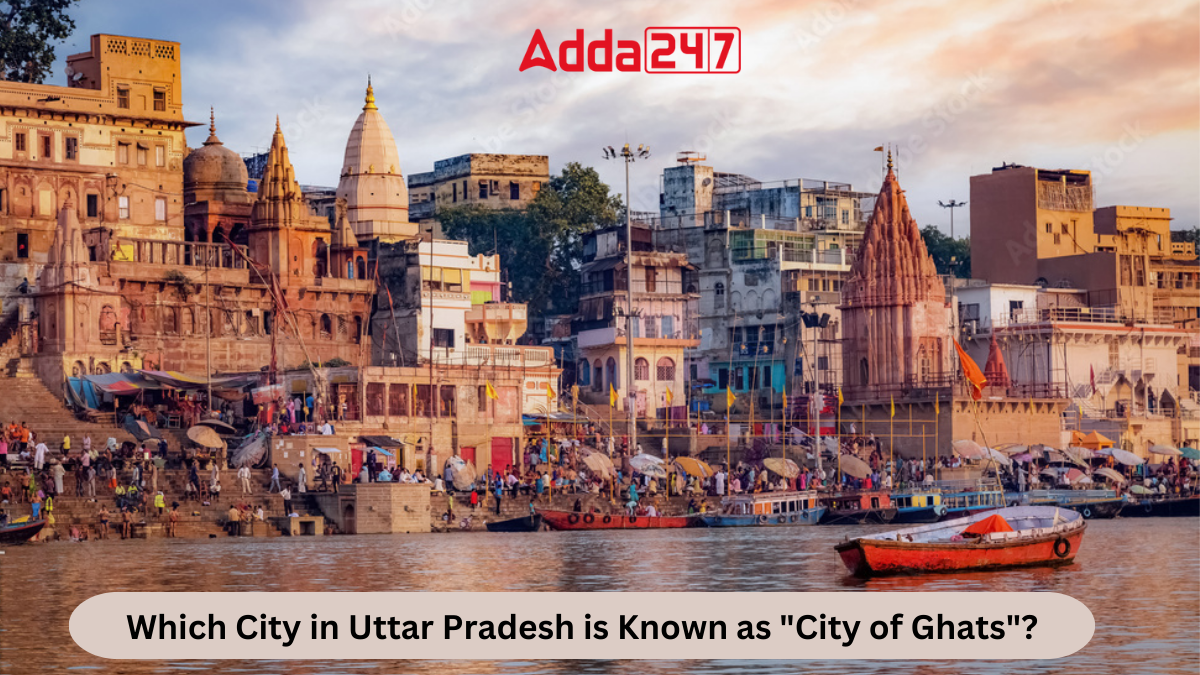Uttar Pradesh, known for its diverse culture and unique traditions, boasts a rich history intertwined with India’s struggle for independence. The state is home to several prominent rivers and confluences, where various cities feature bustling riverbanks. Let’s delve into the significance of these cities and their riverfronts.
An Overview of Uttar Pradesh State
Uttar Pradesh, the fourth-largest state in India by area, covers an expansive 240,928 square kilometers, constituting 7.33% of the country’s total landmass. Renowned for its vibrant culture and storied past, the state holds a significant place in India’s historical narrative.
Which City in Uttar Pradesh is called as “City of Ghats”?
The city renowned for its riverfront ghats is none other than Varanasi. Situated on the banks of the Varuna and Asi rivers, Varanasi holds immense historical and religious significance. Often referred to as the “City of Ghats,” Varanasi is globally renowned for its ancient culture and spiritual ambiance.
Why is Varanasi known as “City of Ghats”?
Varanasi, nestled along the banks of the Ganges River, stands as a testament to the timeless allure of India’s ancient traditions. Its labyrinthine alleys and the serene banks of the Ganges provide a glimpse into the country’s rich past, attracting pilgrims and tourists alike.
Prominent Ghats in Varanasi
Varanasi boasts five principal ghats, each with its own distinct charm and religious significance. From the bustling Assi Ghat to the tranquil Manikarnika Ghat, these ghats encapsulate the essence of Varanasi’s spiritual fervor. Other prominent ghats include Dashashwamedh Ghat and Panchganga Ghat, each offering a unique experience to visitors.




 Which Country is Known as the Land of Ch...
Which Country is Known as the Land of Ch...
 Which Bird is known as the King of Birds...
Which Bird is known as the King of Birds...
 Which City of Austria is Known as the Ci...
Which City of Austria is Known as the Ci...







